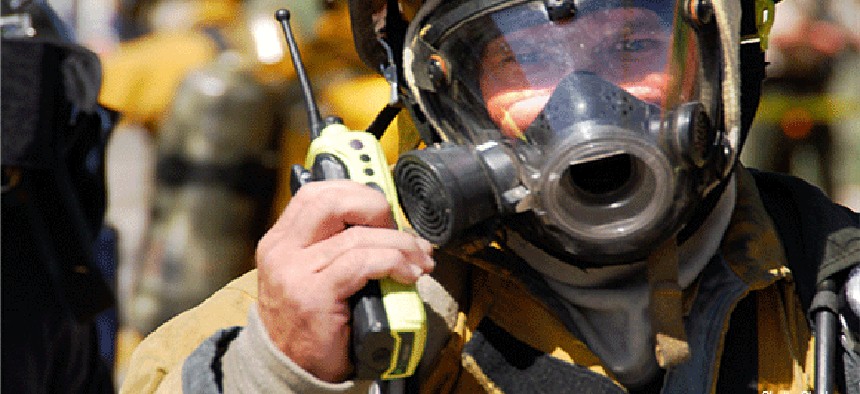Why LTE is the next generation in wireless


Connecting state and local government leaders
The emerging Long Term Evolution standard offers a path toward a national public safety network that will provide mission-critical reliability with commercial availability.
There is a lot yet to be decided about the new nationwide public safety network whose birth is being overseen by the First Responder Network Authority. But one thing is known.
“We are going to implement an LTE system,” said FirstNet chairman Samuel Ginn.
What it is: The Long Term Evolution standard for advanced cellular communications is an emerging standard being embraced by commercial carriers. It holds the promise of an interoperable network based on non-proprietary, commercially available technology.
LTE is being developed by the 3rd Generation Partnership Project, made up of six telecom standards organizations. It has begun appearing in commercial offerings as 4G — or fourth generation — wireless service, although only the LTE Advanced standard finalized in 2011 is recognized by the International Telecommunications Union as true 4G wireless.
How it works: LTE operates in a range of frequencies, including the 700 MHz band in which the Federal Communications Commission has set aside a block of spectrum for the public safety network. It is built on TCP/IP and provides a packet-based alternative to earlier circuit-switched wireless networks, offering the ability to support a variety of devices using multiple services, including voice, video and data. Current implementations provide peak downlink rates of about 300 megabits/sec and 75 megabits/sec for uplinks. It incorporates quality-of-service provisions to minimize latency, enabling effective handoffs for fast-moving mobile devices.
One LTE cell operating with a 5 MHz slice of spectrum can support up to 200 data clients. Voice traffic can be carried either as a packet-switched data stream or as circuit-switched traffic over a legacy voice network. LTE’s support of Half-Duplex FDD (with only a one-direction channel in operation at a time) enables the use of push-to-talk features that can be used by police to access traditional land mobile radio systems.
Long range: LTE has been gaining momentum since 2008 as an alternative to the more widespread WiMax. Use of both technologies is expected to continue to grow.




